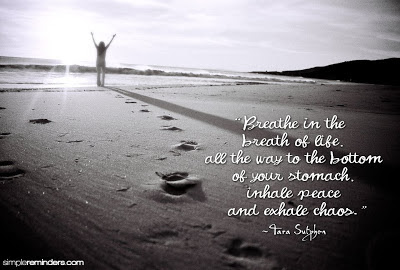Today was my first class with Angeline Liew although I have known her for some time. I never managed to go to her class when she was replacing the classes at the studio I was practicing at that time. I was delighted to find Angeline's name in the schedule for the Hatha class this morning and today being a state holiday for Selangor, I was able to make it to her class.
I have always followed Angeline's blog Live, Love, Laugh, Be Free and I know that being a student of yoga herself, she always teaches from the student's perspective.
Today's class focused on some balancing poses as well as chest and shoulder openers. When we were in tree pose, Angeline mentioned that there must be some wind blowing in as the trees were swaying. It lightened the atmosphere and reminded us not to take our practice so seriously and throughout the class, she gave us the encouragement to try the poses and not be afraid to fall as she herself had fallen numerous times before she nailed the pose.
I received some great adjustments from Angeline as she assisted me to open my chest and shoulders in some of the poses and she also reminded me to work my thighs in my downward dog.
Recently, Angeline and Raymond have opened a new studio Prana Yoga KL which is located at Pusat Creative Kanak-Kanak Tuanku Bainum, Taman Tun Dr Ismail. If you are staying or working around that area and is looking for a place to practice, do check our their studio.


.jpg)
.jpg)






.jpg)






